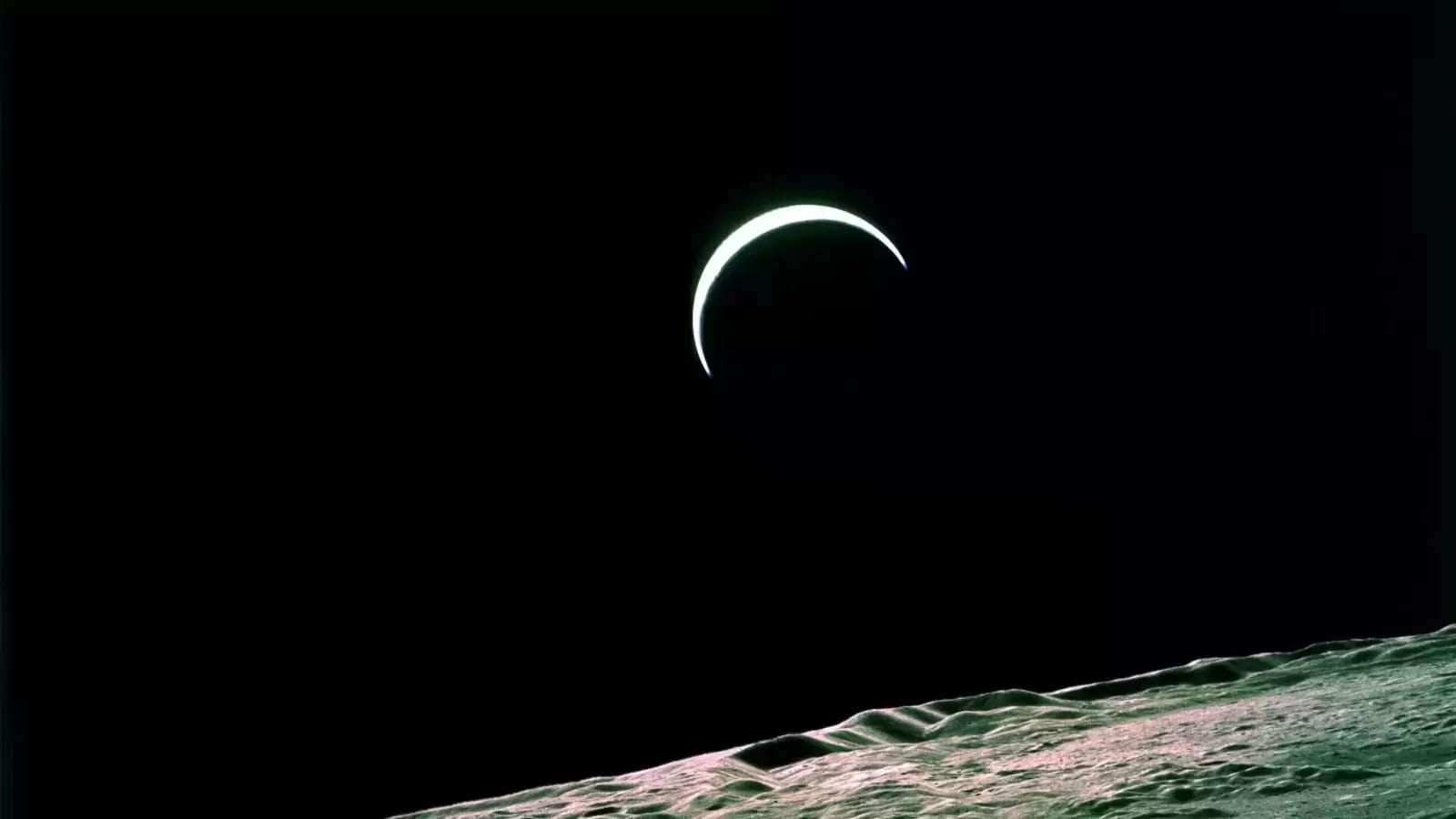The US space agency, the National Aeronautics and Space Administration (NASA), frequently releases images from outer space that give the public a glimpse into the universe. Below are five of these stunning images.
This NASA Hubble Space Telescope image shows a collection of stars in the Pegasus dwarf spheroidal galaxy, also known as Andromeda VI. The stars are seen against a background of distant galaxies.
He Andromeda GalaxyMessier 31 is the closest large spiral galaxy to the Milky Way and hosts around 13 dwarf galaxies around it. The Pegasus dwarf spheroidal galaxy is one of these mini-galaxies. Dwarf spheroidal galaxies are the faintest and least massive galaxies, which have elliptical shapes and a uniform distribution of stars.
This image of Saturn and its colossal rings was captured by NASA’s Hubble Space Telescope on July 4, 2020. Also visible are two of Saturn’s icy moons, Mimas at right and Enceladus at bottom.
The reddish haze covering the northern hemisphere could be due to warming caused by increased sunlight. Another theory for the red color is that increased sunlight in the summer months produces different amounts of photochemical haze. The blue hue of the south pole reflects changes in Saturn’s winter hemisphere.
This image of globular cluster NGC 2005 was captured by NASA’s Hubble Space Telescope. NGC 2005 is located about 750 light-years from the Large Magellanic Cloud (LMC), which is the largest satellite galaxy of the Milky Way. Globular clusters are densely packed groups of stars that can host tens of thousands or millions of stars.
The dazzling trio of stars is a NASA image. Hubble Space Telescope. This three-star star system consists of the variable stars HP Tau, HP Tau G2 and HP Tau G3.
This image of the Horsehead Nebula was captured by NASA. James Webb The telescope was launched on April 29, 2024. It is located about 1,300 light-years away. This nebula was formed from the collapse of an interstellar cloud and shines because it is illuminated by a hot star. The gas clouds around the Horsehead have already dissipated. Experts estimate that the Horsehead has about 5 million years left before it disintegrates.
Disclaimer:
The information contained in this post is for general information purposes only. We make no representations or warranties of any kind, express or implied, about the completeness, accuracy, reliability, suitability or availability with respect to the website or the information, products, services, or related graphics contained on the post for any purpose.
We respect the intellectual property rights of content creators. If you are the owner of any material featured on our website and have concerns about its use, please contact us. We are committed to addressing any copyright issues promptly and will remove any material within 2 days of receiving a request from the rightful owner.

